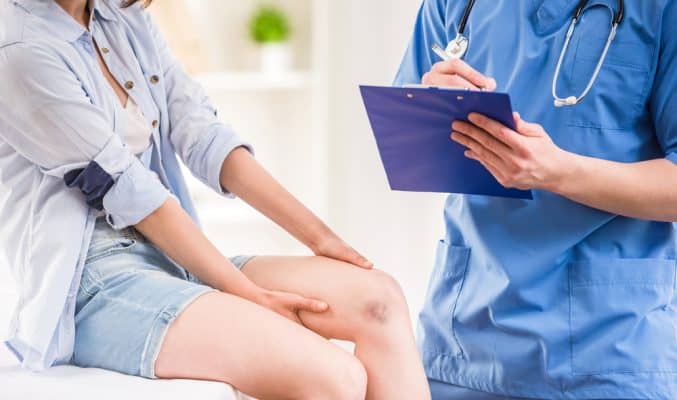It is not possible to replicate the healing process of humans, partly because the process is quite amazing. However, Dr. Ben Almquest along with his team of scientists at the Imperial College in London are brainstorming on ways to accelerate this healing process. Traction force-Activated Payloads also known as TrAPs is a material that has been developed for this very purpose.
By speeding up the healing process of the body, multiple advantages can be enjoyed. The primary advantage is the ability to handle critical wounds quickly thus helping medical practitioners to save more lives.
TrAPs can interact with the healing tissues present in the human body thus enabling it to heal faster and better. The doctors are trying to incorporate TrAPs into the traditional materials that are used for helping with healing. When a human being is in a state where extensive healing is required, getting all the possible helps to expedite the healing process becomes crucial. TrAPs can help in this regard by adjusting itself to meet your body’s needs.
Before we talk about how TrAPs works, let us first talk about a human body heals a wound. A thin layer of collagen is formed on the wound as soon as the body is wounded. Cells in your body travel via this thin layer of collagen, enveloping a thread of proteins with healing abilities with them. These healing proteins are responsible for activating the healing and regeneration of cells.
The researchers are aiming at mimicking this particular phenomenon with their invention. They folded DNA elements in a specific manner and attached proteins throughout these folds. The folded DNA segments are called Aptamers. One end of the DNA string is attached to the collagen layer, and a customizable handle is attached to the other side.
When the cells make their way through the collagen layer, they pull on the folded DNA strings – TrAPs – thus unfolding the aptamers and exposing a lengthy string of proteins that go over the wound. This helps expedite the process of cell regeneration. The cell development quickly propagates to the other parts of the wound as well.
By altering the ‘handle’ that exists on the aptamers in TrAPs, the doctors can tailor the aptamers to various kinds of cell types. This enables doctors also to incorporate various kinds of aptamers that will respond to varying cell requirements — thus allowing TrAPs to make use of different kinds of proteins during the progressing stages of wound repair. Without any deficiency in the proteins, the wound will be able to heal faster.
Dr. Almquist said, ‘Using cell movement to activate healing is found in creatures ranging from sea sponges to humans. Our approach mimics them and actively works with the different varieties of cells that arrive in our damaged tissue over time to promote healing.’
According to scientists, this new approach can be used for various kinds of injuries such as fractured bones, scar tissue post-heart attacks, and damaged nerves. The research findings have been published in Advanced Materials as well.

